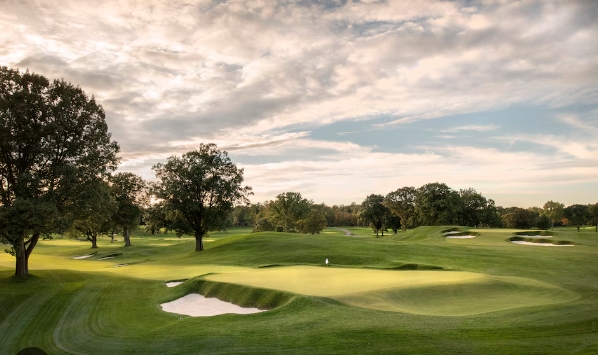In recent years, the global golf course design industry has experienced significant changes. New golf course architects continue to integrate modern design concepts and environmental awareness into their works, creating many innovative courses. These architects not only focus on the competitiveness and aesthetic effects of the stadium, but also set new standards for future stadium design through the conservation of the natural environment and sustainable construction.
Today’s golf course designers are increasingly taking the natural characteristics of the terrain into consideration when planning course layouts. Architects like Tom Doak and Bill Coore, for example, are known for their keen capture of topographic detail and respect for the natural environment. The course they designed is not only challenging, but also integrated with the surrounding ecosystem, giving players an experience of close contact with nature.
At the same time, many golf course design projects have also begun to incorporate artistic elements to enhance the aesthetics of the venue. Some architects even introduced golf sculpture into their designs. This sculpture not only decorates the course, but also becomes a symbol of the combination of golf culture and art. Through these artworks, the golf course is not only a sports venue, but also a display platform for aesthetics and culture.
In short, current golf course architects continue to explore new design directions while retaining classic design concepts, bringing a new sports experience to golf enthusiasts around the world.



